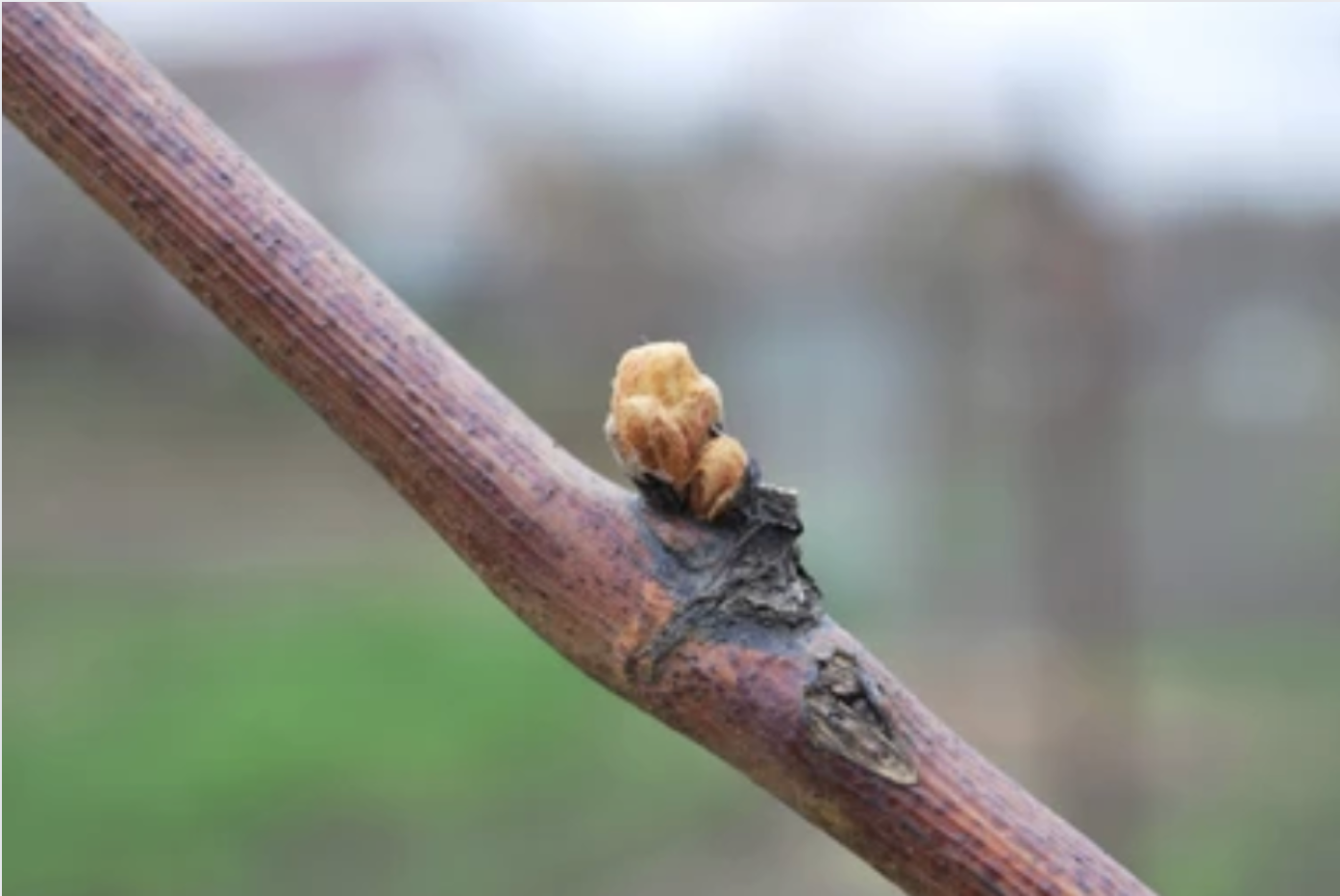
At Aspasie, the art of viticulture rests on meticulous and traditional practices passed down from generation to generation. Among these practices is debudding, which ensures the quality of our vines. This delicate and manual process is essential for optimizing grape production and, consequently, the quality of our champagnes.
A Fine Selection in the Service of the Grape
As the name suggests, debudding involves removing all non-fruitful buds, called “suckers.” If not removed, these buds risk diverting sap from the main buds, which will produce the precious grape clusters.
The goal is to concentrate the sap and nutrients on the fruitful buds to obtain superior quality grapes.
This delicate operation generally takes place in mid-May. At this stage, the buds have already started to develop, making it possible to identify and eliminate the suckers. The debudding process is carried out entirely by hand, in several passes, allowing the winegrower to make adjustments as the vines evolve.
The Essential Role of the Winegrower
Debudding requires all the good sense and judgment of the winegrower. It is a true art where every gesture counts. The winegrower must evaluate each bud, deciding which ones to keep and which ones to remove.
A Manual Tradition
We value manual labor and traditional know-how. Debudding is a perfect example of this. Although labor-intensive, this task is essential to preserving the quality of our grapes and champagnes. Each year, our winegrowers put their hearts into this operation, ensuring that each vine is tended with the utmost care.

